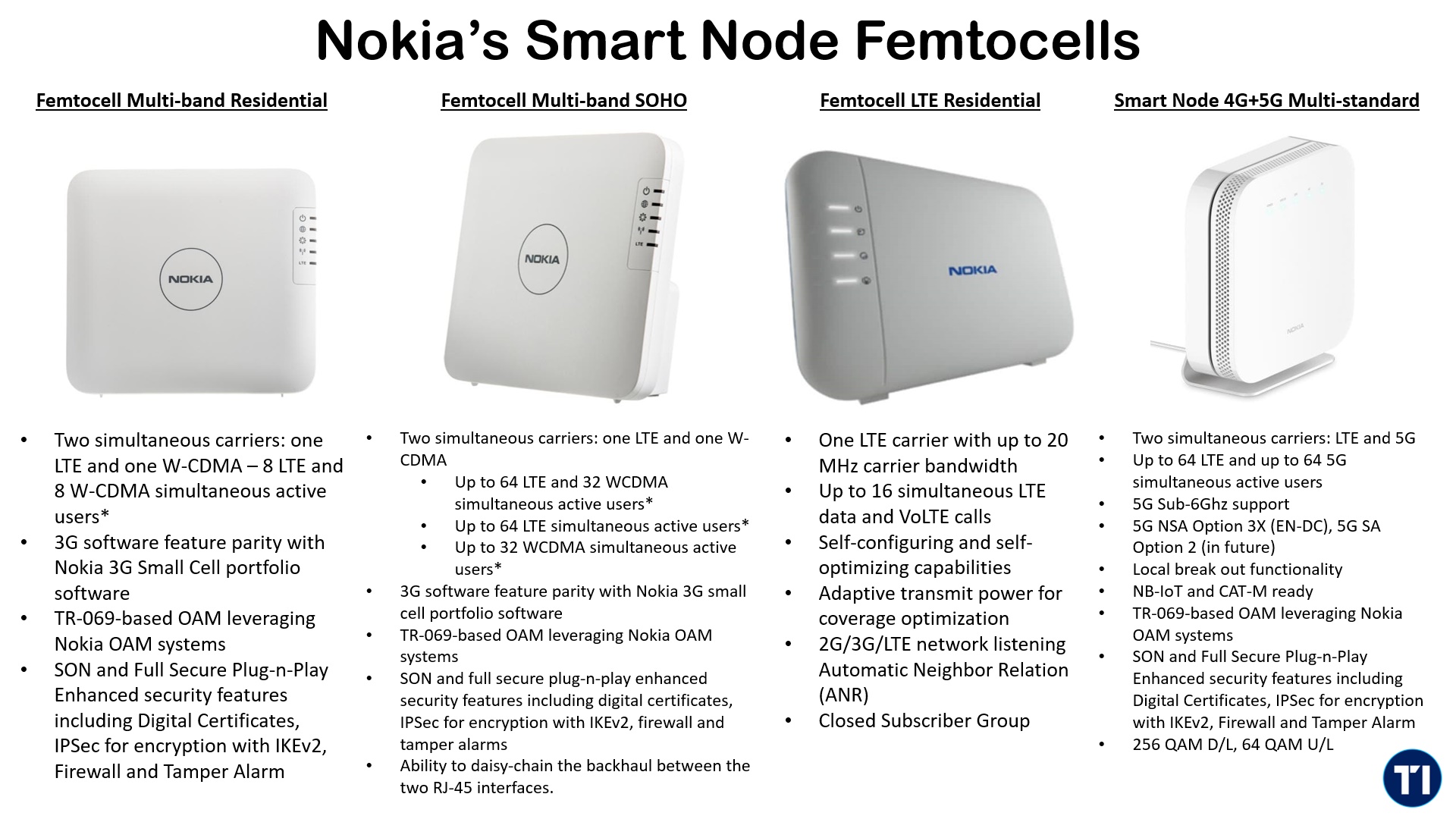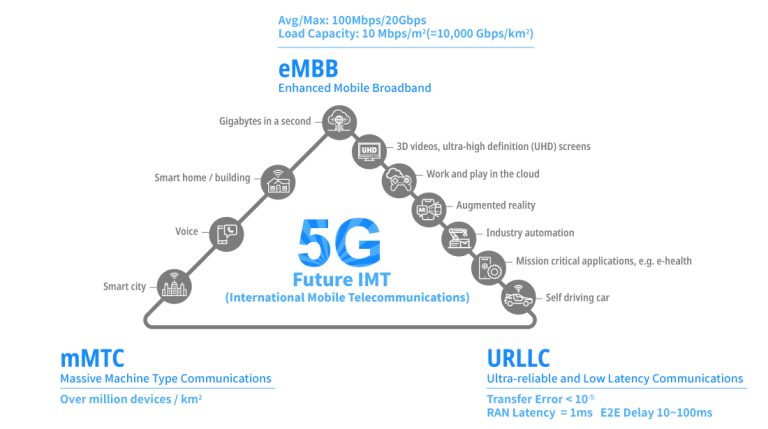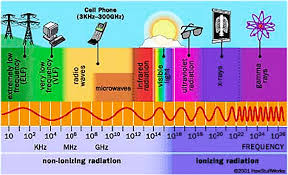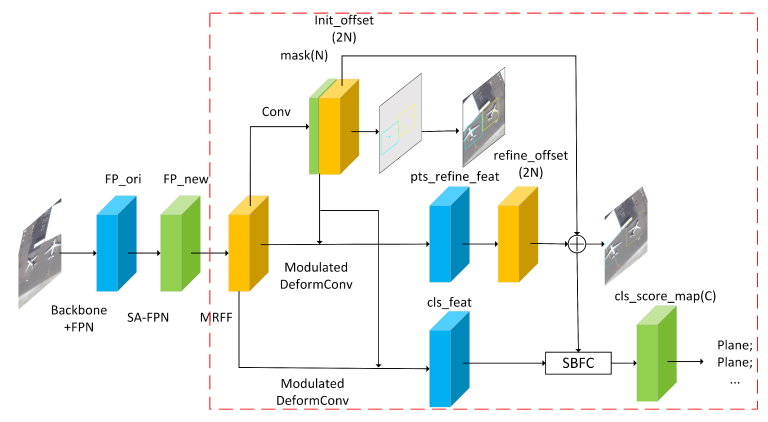Nokia 5G Equipment: Specifications and Performance Overview
telcomatraining.com – In the fast-evolving world of telecommunications, 5G technology has taken center stage. Among the global leaders in 5G infrastructure is Nokia, a company with a rich history in mobile communications. With its advanced 5G equipment, Nokia is playing a vital role in enabling high-speed, low-latency networks worldwide. This article provides a detailed overview of the specifications and performance of Nokia’s 5G solutions, offering valuable insights into why operators are choosing Nokia for next-generation network deployment.
Cutting-Edge 5G Radio Access Network (RAN)
At the heart of Nokia’s 5G offering is its AirScale Radio Access portfolio. This equipment is designed to support both non-standalone (NSA) and standalone (SA) 5G networks, giving operators flexibility in how they roll out their services. Nokia’s RAN systems are built on modular and cloud-native architecture, making them scalable and future-proof.
Key features of the Nokia AirScale RAN include:
- Massive MIMO (Multiple Input Multiple Output) antennas for increased capacity and improved spectral efficiency
- Beamforming technology for targeted coverage and reduced interference
- Support for sub-6 GHz and mmWave frequency bands
- Compatibility with legacy technologies like 2G, 3G, and 4G
These features enable seamless integration with existing infrastructure while providing a solid foundation for full 5G functionality.
High-Performance 5G Core Network
The Nokia Cloud Packet Core is another essential component of its 5G ecosystem. This solution delivers high-speed connectivity, ultra-low latency, and robust security, essential for mission-critical applications like autonomous vehicles and industrial automation.
Nokia’s 5G core supports:
- Service-based architecture (SBA) for flexible deployment and orchestration
- Edge computing to process data closer to users, reducing latency
- Full support for network slicing, allowing operators to allocate virtual networks tailored to specific use cases
These capabilities make Nokia’s core network highly adaptable and efficient, ensuring optimal performance in various deployment scenarios.
Advanced Transport Solutions
To support its 5G RAN and core systems, Nokia offers a range of IP and optical transport solutions. These include the Nokia 1830 Photonic Service Switch (PSS) and Nokia 7750 Service Router (SR), which ensure ultra-fast and reliable backhaul for 5G services.
Performance highlights of Nokia transport equipment include:
- High throughput and low latency transmission
- AI-powered network automation for predictive maintenance and self-optimization
- Robust cybersecurity features to protect against evolving threats
By providing end-to-end transport capabilities, Nokia ensures that data flows smoothly from the edge to the core, enhancing overall network performance.
Energy Efficiency and Sustainability
In an era where environmental sustainability is a priority, Nokia has made significant strides in improving the energy efficiency of its 5G equipment. The AirScale portfolio, for example, uses liquid cooling systems and advanced power-saving algorithms to reduce energy consumption.
Nokia has committed to achieving net-zero emissions by 2050 and has integrated eco-friendly designs into its products. These efforts not only reduce operating costs for network providers but also align with global sustainability goals.
Real-World Performance and Global Deployment
Nokia’s 5G equipment has been deployed by major operators across North America, Europe, Asia, and the Middle East. Performance metrics from live networks demonstrate impressive results, including:
- Up to 10 Gbps download speeds using mmWave
- Latency as low as 1 millisecond in edge computing environments
- Over 99.999% uptime, ensuring uninterrupted service delivery
These figures highlight Nokia’s ability to deliver on the promises of 5G, making it a preferred partner for many telecom giants.
Conclusion
Nokia’s 5G equipment stands out for its technical innovation, flexibility, and performance. With solutions that span the entire network—from RAN and core to transport and management—Nokia enables operators to deploy robust, scalable, and efficient 5G networks. As the demand for faster, smarter connectivity continues to grow, Nokia is well-positioned to lead the next generation of wireless technology.







